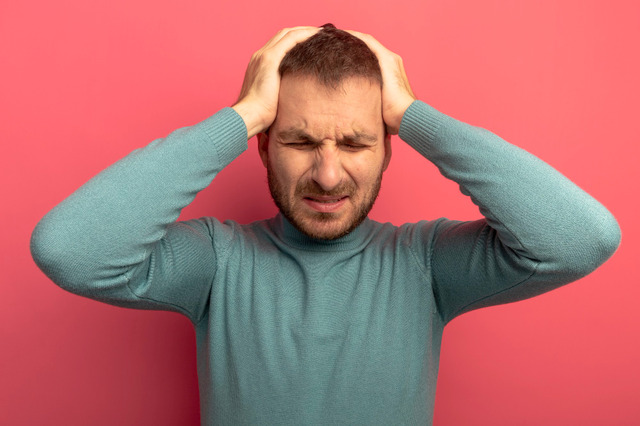Do you suffer with pain in the back of your head? If yes, then you are far from alone.
Headaches in this area are highly common and have a number of different causes.
Read on to find out what causes headaches in the back of the head. Plus, where to go for treatment and advice.
What Are the Main Causes of Headaches in the Back of the Head?
As mentioned above, there are several causes of these types of headache including:
1. Occipital Neuralgia
Occipital neuralgia is a condition that occurs when the nerves that go between the spinal cord and the scalp become inflamed. This causes a specific type of headache that is called a cervicogenic headache.
Typically, sufferers feel pain in the back of the head, as well as in the temples and behind the eyes. In some cases, you may also feel pain in the shoulders and upper arms.
2. Low-pressure Headaches
As the name suggests, low-pressure headaches are caused by low spinal fluid pressure in the brain. These are also sometimes referred to as intracranial hypotension or a tension type headache.
Most commonly, this type of headache occurs following a spinal tap or another type of medical procedure which causes fluid to leak from the spine.
3. Tension Headaches
Tension headaches are incredibly common, and symptoms include pain in the back and right side of the head. Some people also feel a tightness in the neck and the scalp.
Tension headaches also tend to cause a dull pain rather than a throbbing pain.
If you are in a lot of pain or worried about your headache in the back of your head, you may want to contact an GP out of hours to see what advice they can offer you.
4. Migraines
Migraines are a type of headache that can occur in any part of the head but are typically more common in the left side and the back of the head.
Some of the most common symptoms of a migraine headache are a severe and throbbing pain, nausea, vomiting, being sensitive to light or sound and watering eyes.
5. Cluster Headaches
Cluster headaches get their name due to the fact that they tend to occur in cluster periods. They are thought to be related to dilation of blood vessels.
If you suffer with cluster headaches, you are highly likely to get frequent attacks that can last weeks or even months.
Some of the most common symptoms of a cluster headache include pain in the back and in the sides of your head, a sharp and burning pain, nausea, a stuffy nose and a sensitivity to light and/or sound.
6. Poor Posture
Sometimes headaches in the back of the head can be caused by poor posture. If you sit with an immobile head and neck for long periods, this can cause both poor posture and a stiff neck which can cause primary headaches and head pain in the back of the head.
In rare cases, medication overuse headaches can occur and these types of headaches normally require help from a medical professional.
If you are not sure what is causing your headaches or you have headaches occurring often, then it can be a good idea to make an appointment with your GP or use an online GP service such as tapGP to get additional information.
Disclaimer:
This article is provided for educational purposes only and does not constitute medical advice. Speak to a doctor if you have any questions about a medical condition without any delay.

